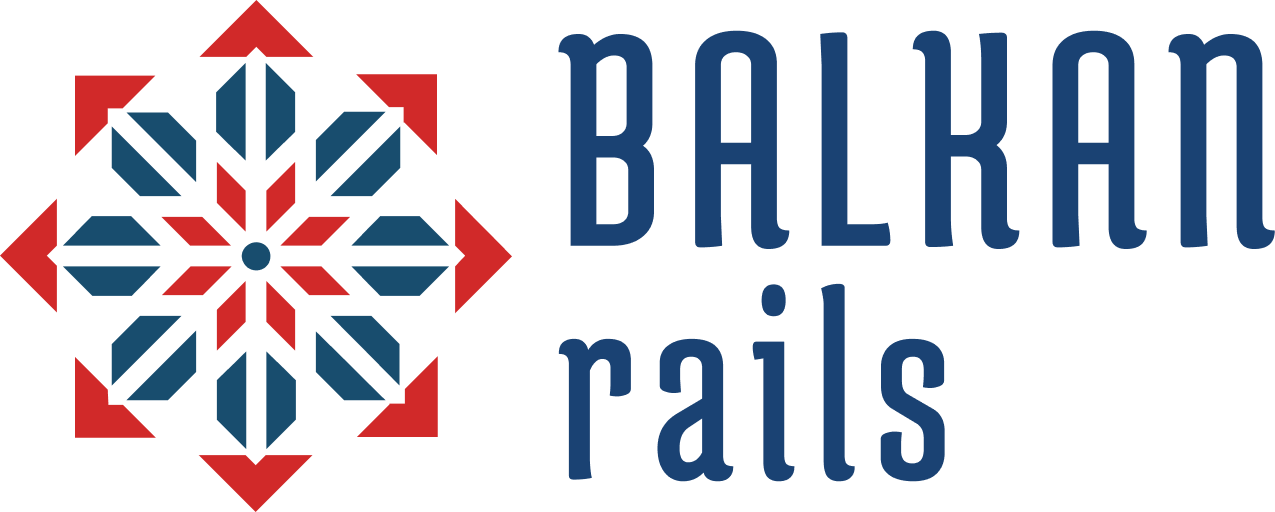Serbia Train
Travel across Serbia by train and explore scenic landscapes, historic cities, and comfortable rail journeys connecting the heart of the Balkans.
Serbian Railway

Overall length of Serbian railways:
3,735 km

Types of trains in Serbia:
regional, intercity & high-speed (Soko)

Serbian routes available:
20+

Fastest train of
Serbia:
Serbia:
200 km/h (Soko train)
The Serbian Railway network plays a crucial role in connecting the country’s major cities and towns, as well as linking Serbia with its Balkan neighbors and broader Europe. Operated primarily by Srbija Voz, the system includes regional, intercity, and now high-speed services. One of the most notable developments is the Soko (Falcon) train, Serbia’s first high-speed train running between Belgrade and Novi Sad, significantly reducing travel time. With a total track length of over 3,700 kilometers, the network is steadily modernizing to meet European standards. Key routes connect cities like Niš, Subotica, and Zaječar, making rail travel an accessible and scenic way to explore Serbia. Many stations, especially in larger cities, are undergoing renovations to improve passenger comfort and efficiency. While some rural lines still retain an old-world charm, the overall system is evolving, balancing tradition with innovation. Serbian Railways offer a convenient, safe, and often picturesque travel experience across the heart of the Balkans.

Soko (Falcon) Train

The Soko (Falcon) train is Serbia’s first high-speed rail service, symbolizing a major leap in the country’s railway modernization efforts. Launched in 2022, it operates on the newly built Belgrade–Novi Sad line, covering the route in just under 40 minutes. With speeds reaching up to 200 km/h, Soko offers a fast, comfortable, and efficient alternative to road travel. The train features modern interiors, spacious seating, air-conditioning, and large panoramic windows that allow passengers to enjoy the changing Serbian landscape. It is part of a larger vision to expand high-speed connections toward Subotica and eventually Hungary, linking Serbia with the broader European rail network. Designed in partnership with international companies, Soko meets European standards in both safety and performance. The service has been widely praised for its punctuality, comfort, and affordable pricing. As the fastest train in the country, Soko represents a new era of rail travel in Serbia.
Try the new Rail Ninja App today
Get our free app to book & manage your trips on the go

Popular Serbia Train Routes
Would you like to experience a train journey through Serbia? Choose your perfect ticket from various scenic routes today!
FAQ: Serbia Trains: What You Need to Know
The Soko train can reach speeds of up to 200 km/h, making it the fastest train in the country. It connects Belgrade and Novi Sad in under 40 minutes, offering a quick and comfortable alternative to driving.
Yes, Serbia offers international rail connections to countries like Hungary, Croatia, Bulgaria, North Macedonia, and Montenegro. These routes are scenic and popular for cross-border adventures.
Most intercity and high-speed trains, including the Soko, come equipped with air conditioning, comfortable seating, and clean interiors. Older regional trains may have more basic amenities but are still reliable.
Train tickets in Serbia can be purchased at railway stations or via booking platforms like Rail Ninja. It’s recommended to book in advance for popular routes or high-speed services.
Absolutely. From the dramatic landscapes of the Belgrade–Bar line to the rolling hills along regional routes, Serbia offers some of the most picturesque train journeys in the Balkans.

